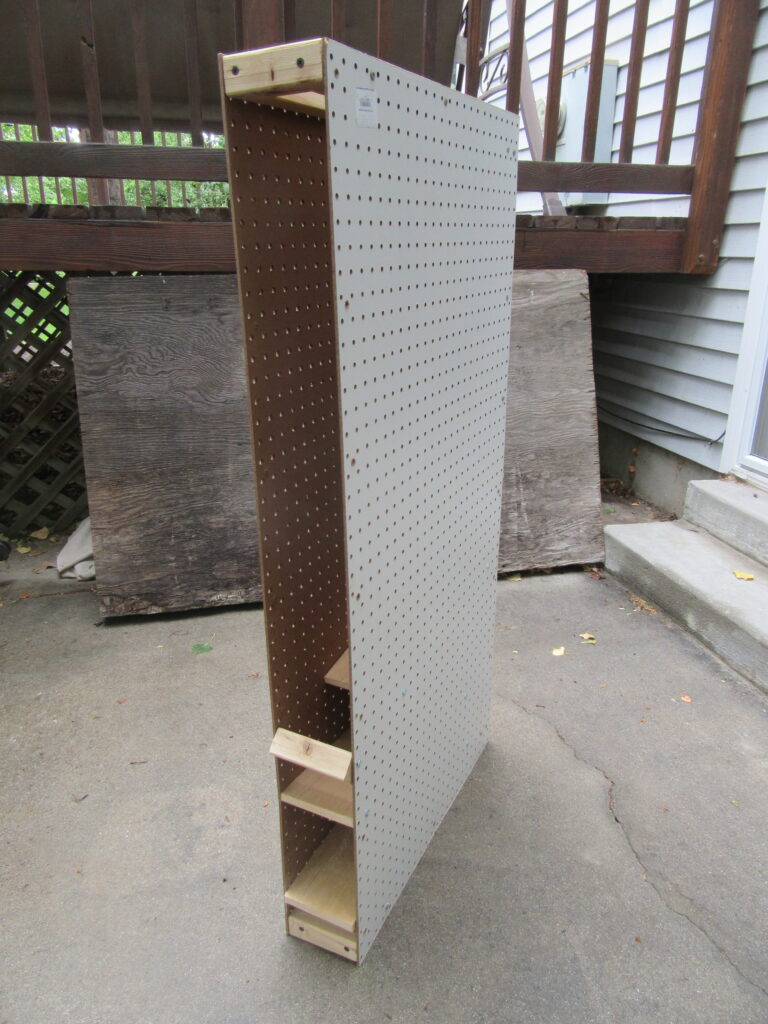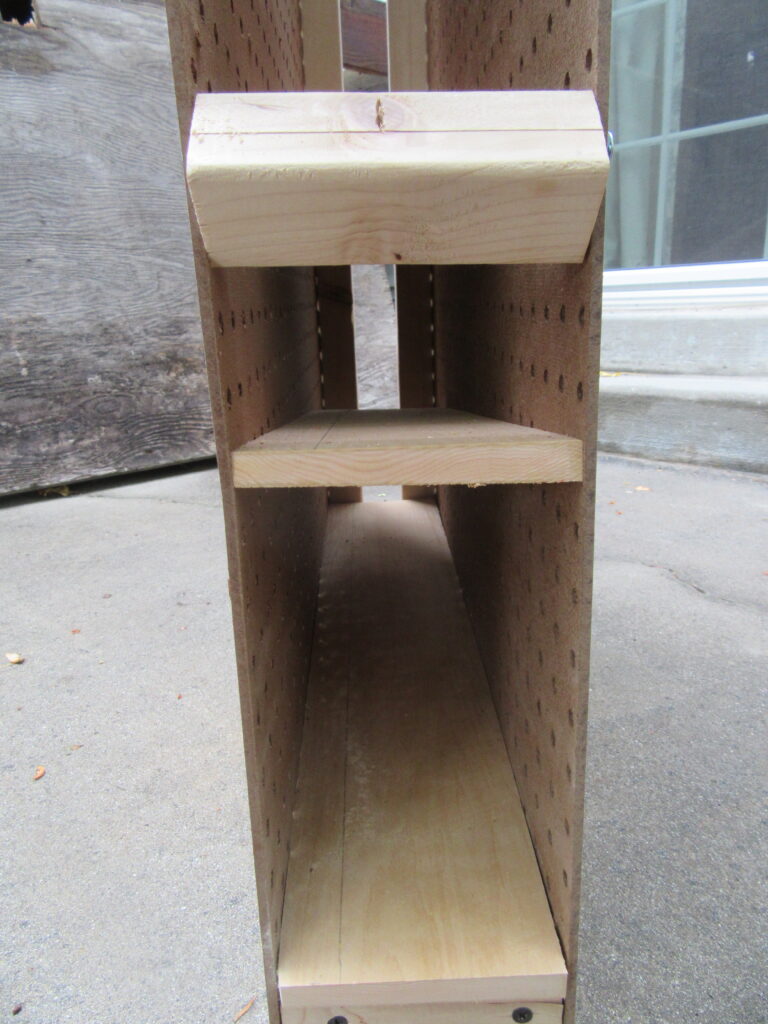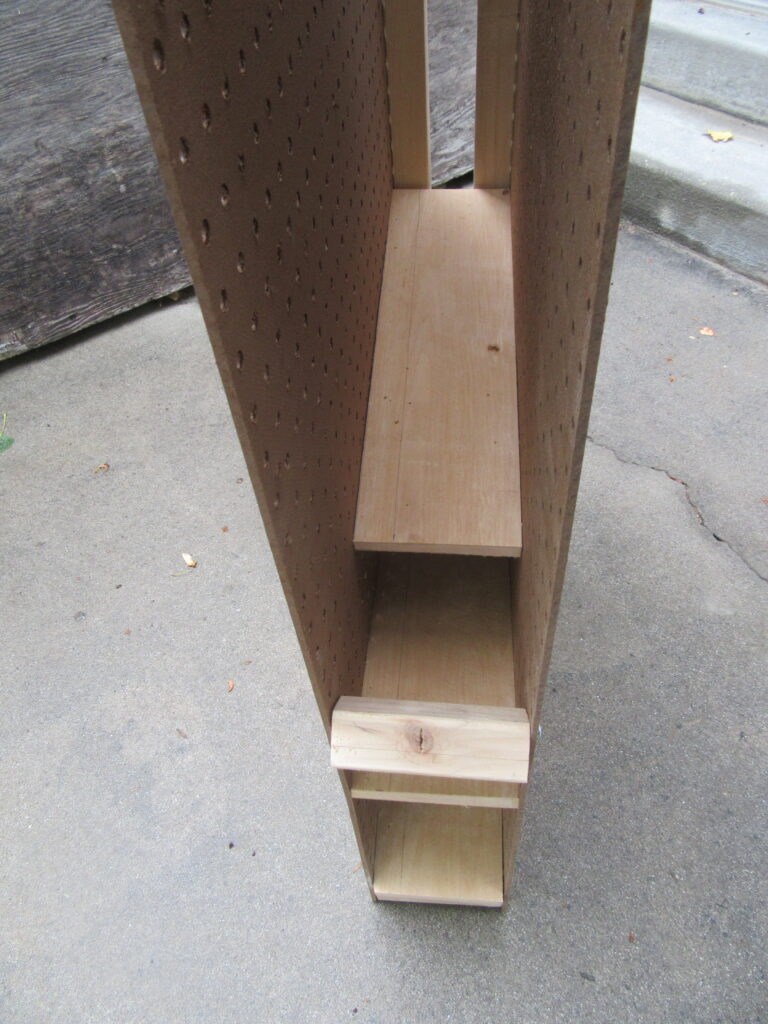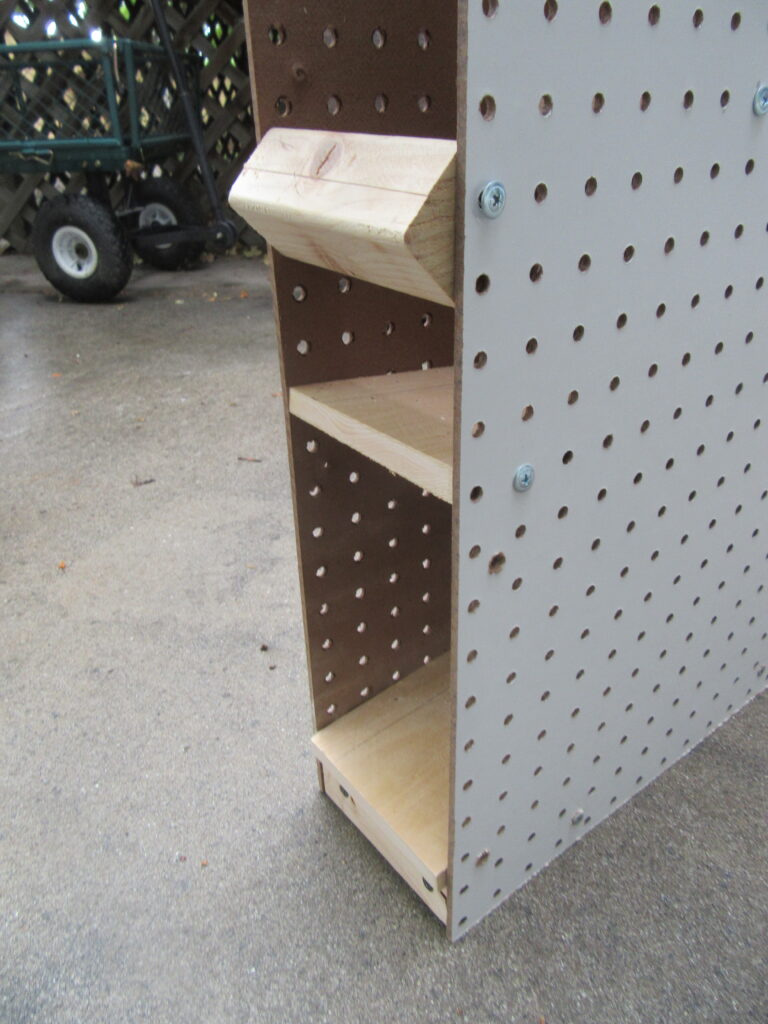In many ways the shortages we experienced a few months ago are fully in the review mirror. One might be inclined to think we’re out of the woods, so to speak. And yet every time my wife comes home from a grocery run she tells me about one or more items that she can’t find anymore, has to buy a different brand, or has to buy a different way.
For example, today she came home with a #10 can of diced tomatoes. Normally she gets the 16 oz. or 28 oz. cans, but today there wasn’t a single can in sight, except for the #10 can. Not a problem for her–she usually freezes the remains of the 28 oz. cans anyway. But now I have to wonder: is there about to be a total shortage of diced tomatoes? Should she have picked up another can while there still are some to be had?
Well, probably not, because we already have a several-month supply of the usual cans. But there are other things, like the particular brand of peanut butter we love, that wasn’t in stores for at least a month a while back, was back for a few weeks, and now seems to be gone again.
Daisy Luther, over at The Organic Prepper, suggests we should be looking ahead with the idea that more shortages could happen at any time. And with the recent resurgence of COVID-19 cases nationally, she may not be wrong. The supply chain was interrupted quite a bit the first time around, when infection rates were considerably lower. Another shut-down of the country could have even bigger impact.
With that in mind, she recommends that we prepare now, by picking up regularly the items most likely to disappear quickly if more shortages comes our way. Every time you go to the store, even if you already have some at home, consider adding more of the following:
- Toilet paper (Do you know how much you need?)
- Bleach
- Hand sanitizer
- Canned goods
- Yeast
- Baking Supplies
- Powdered Milk
- Rice
- Beans
- Meat
You may also want to consider any items specific to your situation, such as baby supplies, pet supplies, or for specific dietary or medical needs. You can also stock up more slowly on other items like paper towels and cleaning supplies (especially disinfectant sprays).
She also recommends saving up some emergency funds, stocking up on supplies for various regular projects (both for work activities and for entertainment), beefing up your home office, and picking up any other items you found yourself wishing you had during the last lockdown. Make sure you have what you need to do most basic repairs around the house.
Wouldn’t it be great if the Coronavirus fades away, the riots end, and the rest of 2020 is free of trouble? Nothing would please me more. But in case it doesn’t, it wouldn’t hurt to not get caught off guard next time.




